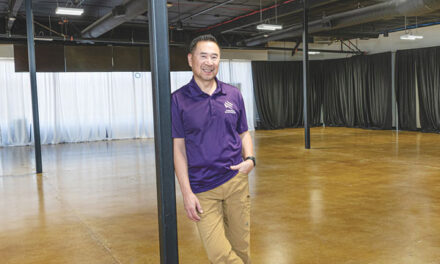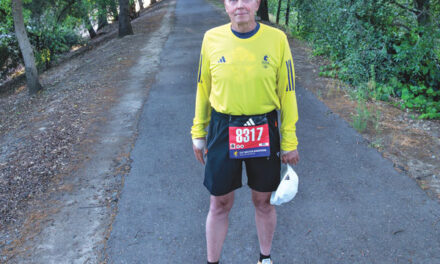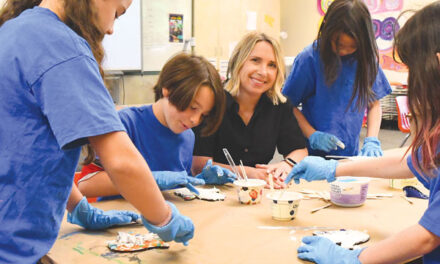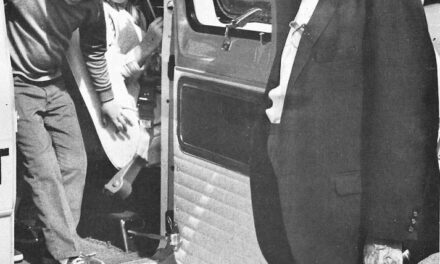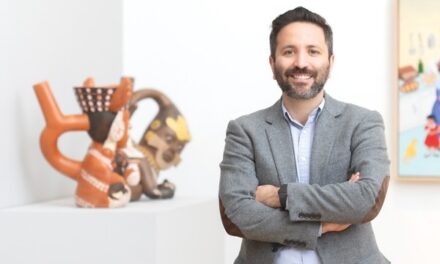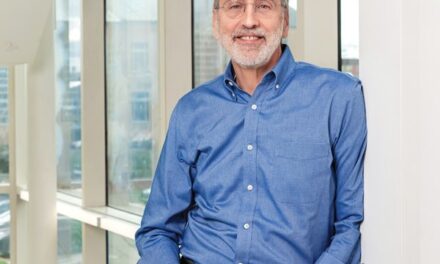Ghost Tales
Historic city cemetery has stories to tell
By Erika Mailman
November 2020
During a pandemic, it’s only natural to turn to the most socially distanced place you can go—not just 6 feet apart, but 6 feet under. The Sacramento Historic City Cemetery on Broadway is seeing an uptick in visitors, says park maintenance worker Megan Crose.
At work among the gravestones recently, Crose recounted a colorful story about a man—Franz Louis Asch—buried in the city cemetery’s New Helvetia plot. In 1877, the 22-year-old Asch paid a fateful visit to a Virginia City brothel. “He was making a lot of noise and someone downstairs was yelling up at him to be quiet,” says Crose, who got this oral history from Asch’s descendants. “He was a little drunk and said, ‘Well, who’s going to make me?’ After they went back and forth a couple of times about quieting down, the guy downstairs went upstairs and shot him.”
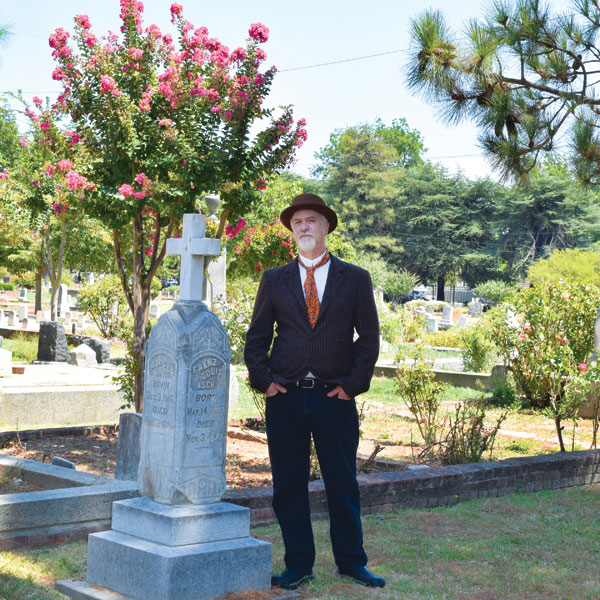
Asch was originally buried in New Helvetia Cemetery, once located on Alhambra Boulevard between I and J streets where Sutter Middle School now sits. Sacramento’s earliest burials were outside the walls of Sutter’s Fort, and then, starting in 1845, at Sutter’s Fort Burial Ground on Alhambra. In 1849, John Sutter turned over the site to the city and it was renamed New Helvetia Cemetery. 9. Over the years, it filled. A cemetery superintendent complained in 1903 that it was “impossible to make new interments, except in private lots, without disturbing bodies previously interred,” reported The Sacramento Bee. The caretakers of the dead stopped taking bodies in 1912.
Around that time, talk began of converting the Sacramento Historic City cemetery into a park. In 1917, the remains of 1,000 Chinese people, including immigrants who worked on the transcontinental railroad, were shipped back to China. Around 600 Japanese people were also buried there.
In 1917, a local newspaper, The Sacramento Star, reported that the cemetery was an “eyesore … hiding behind its cypress hedge, content to decay away.” Public interest arose when the body of a petrified woman, weighing 400 pounds in its stonelike form, was dug up. A year later, only 15 upright tombstones remained at the site.
In the mid-1950s, the cemetery was definitively emptied. Dr. Bob LaPerriere is founding member of the Old City Cemetery Committee, established to protect those gravestones and monuments. At the time, he explains, people thought there were only 600 bodies left, but the number was more like 6,000. Some were moved to East Lawn Memorial Park, while the Sacramento Historic City Cemetery took roughly 500 bodies, including Asch who is buried in the New Helvetia plot, a grassy strip within the city cemetery. “Bone boxes” near the cemetery bathrooms also hold New Helvetia remains.
Asch’s story is even more dramatic than Crose’s account, according to a San Francisco Examiner story. Asch was drinking at a Spanish fandango in Virginia City with the man, Officer William M. Davis, who would kill him a half hour later. Rough treatment ensued, including Davis trying to pull Asch out the window of the nearby home/brothel of Nettie Bowen, and Bowen inside playing tug of war. Bowen assured Davis that Asch would be quiet. “She got Asch to take off his coat, vest, shirt and shoes; then he went again to the door with only his pantaloons and undershirt on,” reported the Examiner.
Next, Bowen heard Davis say, “Here, now, I have had enough of this,” and then two pistol shots. Asch staggered back into the parlor, while Davis pursued and fired twice more. Bowen fainted and could not tell more, only that both men were “beastly drunk” and Asch had been unarmed. Davis, however, claimed Asch had a gun and shot at him first.
Asch’s last words were, “I am in my right mind and I know what I am saying. It was a cold-blooded murder.” Davis turned himself in. A later article in the Examiner stated that men planned to nab Davis from his jail cell and hang him, but police prevented them. At his trial, Davis was acquitted.
Asch’s story has one more left turn. When New Helvetia Cemetery was giving up the ghost, tombstones were piled up by the curb on J Street. People took them for stepping stones in their yards, turned upside down. Asch’s marker was discovered decades later in Auburn being used as a flower bed surround— and the owner didn’t want to give it up. Concerned citizens tracked down descendants, who paid for its restoration and traveled across the U.S. for a 2012 ceremony honoring its placement at the city cemetery.
Everyone has a unique and touching tale that outlasts our demise. “There are so many great stories out there,” Crose says.
Erika Mailman is a freelancer and historical novelist. Visit her at www.erikamailman.com.



